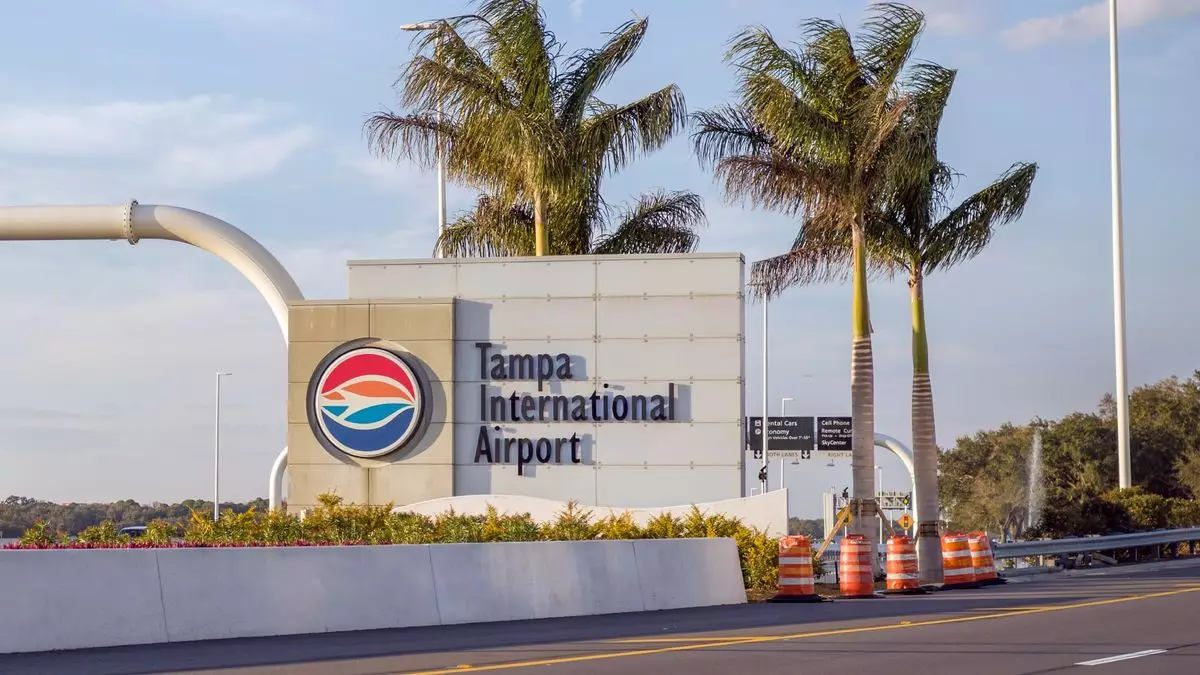In the aftermath of Hurricane Milton, which struck Florida as a potent Category 3 storm, the restoration of airport operations in the affected regions has taken center stage. This hurricane made landfall on Siesta Key, adversely affecting transportation infrastructure, particularly in the Tampa and Orlando areas. The airports of these cities, having assessed the extent of the damage, are gearing up to resume normal operations starting Friday, October 11. The Orlando International Airport is also set to gradually reopen, with some limited arrivals anticipated for Thursday evening, a hopeful sign amidst the storm’s aftermath.
Details of Reopening Plans
Tampa International Airport (TPA) is actively engaged in extensive cleanup efforts, striving to restore services as soon as possible. Communication about their reopening status is ongoing, with officials urging travelers to keep an eye on social media for the latest updates. This proactive outreach is essential in maintaining passenger trust and ensuring smooth travel arrangements once the airport reopens. Meanwhile, Orlando Sanford, another key airport in the region, is also expected to become operational on Friday, underscoring the collective effort of these transportation hubs to return to full service quickly.
The impact of Hurricane Milton on air travel has been substantial, with over 2,200 flights canceled nationwide as a direct consequence of the storm’s trajectory. These cancellations reflect not only the immediate danger posed by the hurricane but also the logistical challenges of recovery efforts post-storm. While some airports, such as Palm Beach, have already resumed operations, others like Fort Myers Airport will remain closed through the day, with plans to reopen soon after. This staggered approach highlights the varying levels of readiness among different airports, influenced by localized damage assessments.
Sarasota Airport, located in close proximity to where Milton made landfall, has decided to remain closed through Friday. This precaution is crucial as the area continues with its cleanup endeavors, emphasizing the importance of safety in the wake of extreme weather. Additionally, Melbourne Airport, located on Florida’s central east coast, is optimistic about its reopening on Friday. Although it has suffered significant damage, their commitment to restoring services suggests a resilient attitude towards overcoming the aftermath of the hurricane.
Hurricane Milton’s impact serves as a stark reminder of the vulnerability of transportation systems to extreme weather events. As the affected airports work diligently to assess damages and facilitate recovery, the collective response from aviation authorities will play a pivotal role in public safety and confidence in air travel. Moving forward, it is essential that all airports take proactive measures to bolster their disaster preparedness plans, ensuring they can better withstand future storms. As flights resume and services normalize, the focus will inevitably shift towards rebuilding and enhancing infrastructure for ultimate resilience against similar events in the future.

